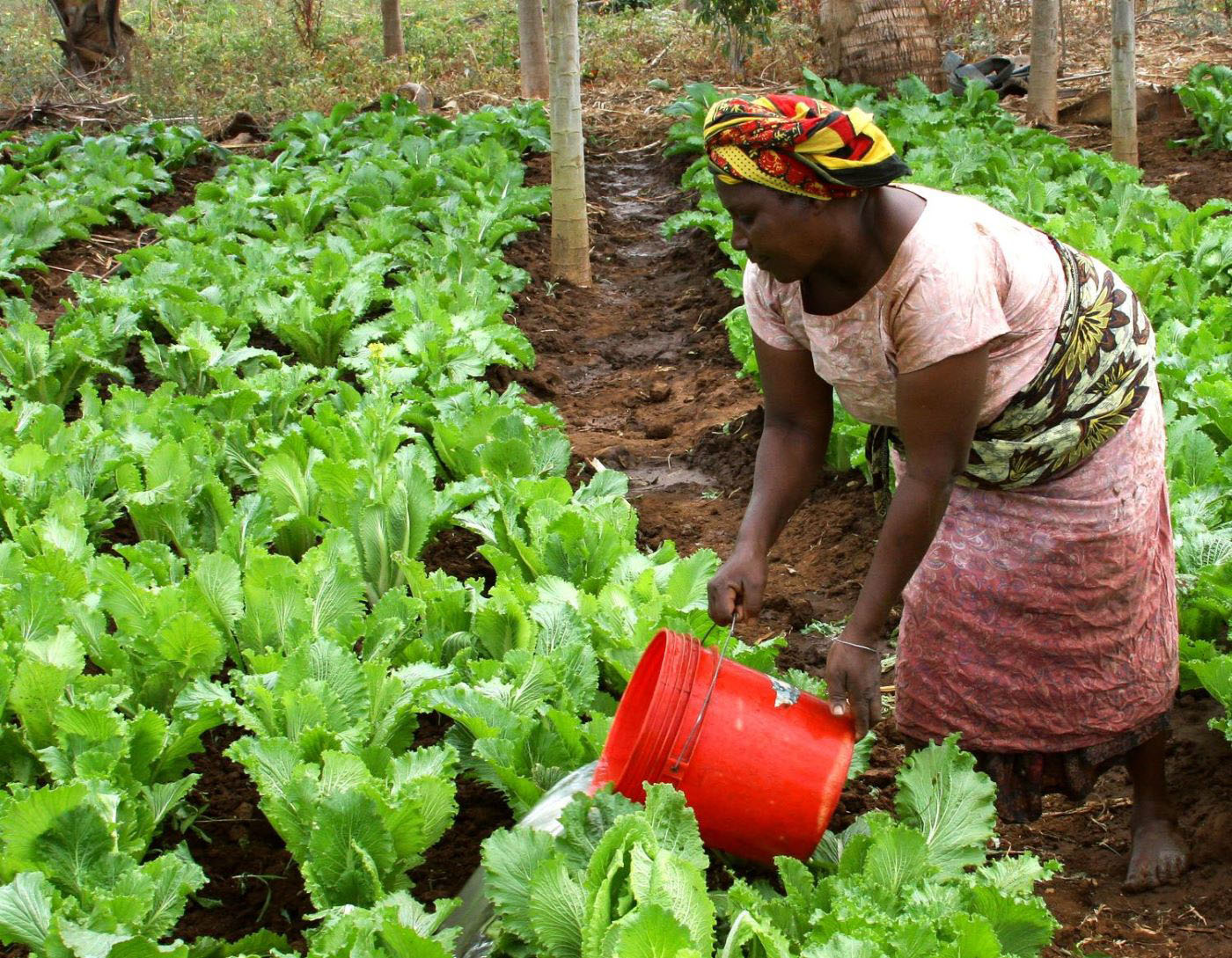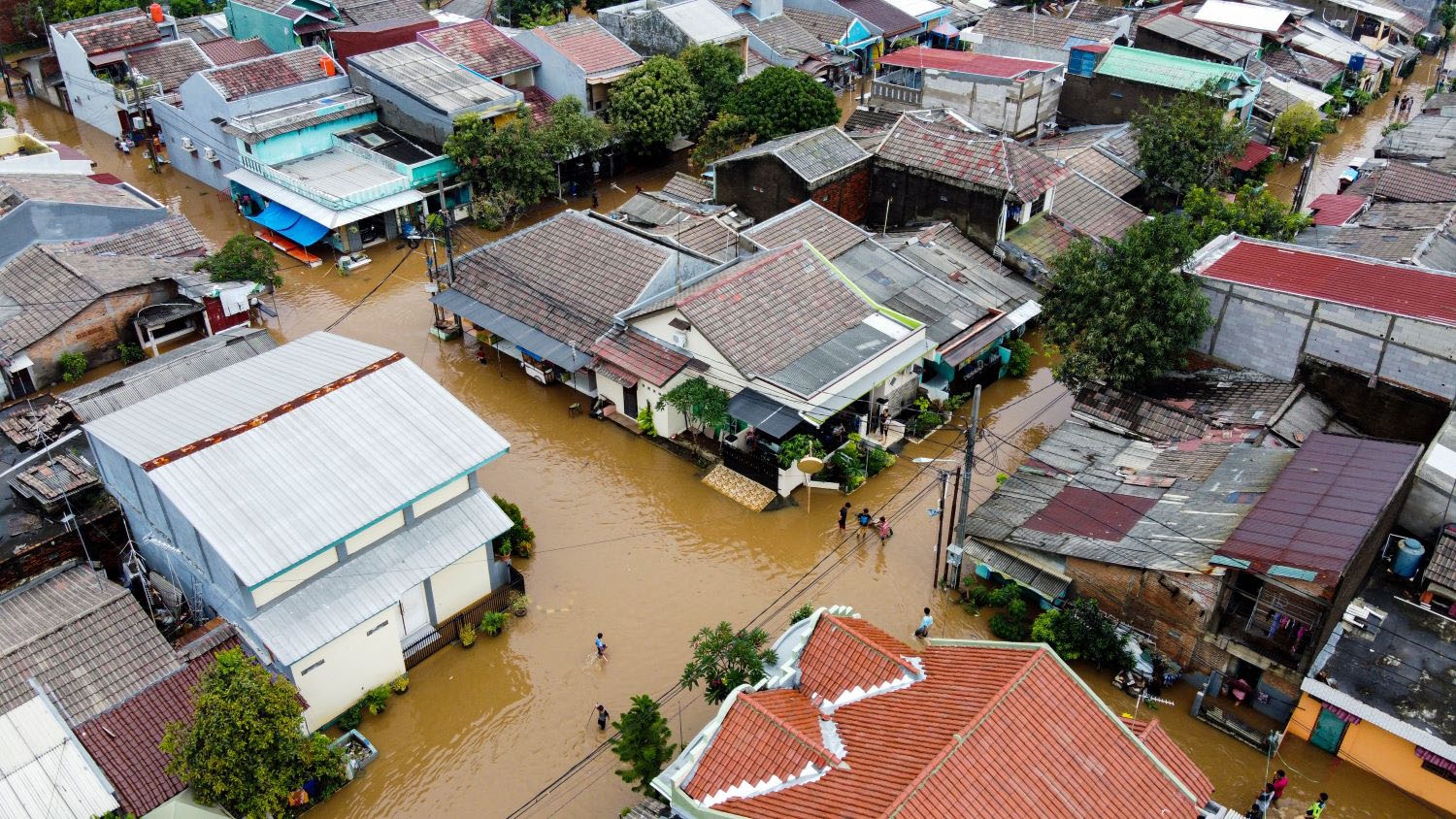Damage done by Typhoon Haiyan.
Please take a moment to read the newly released Intergovernmental Panel on Climate Change (IPCC) report, "Climate Change 2014: Impacts, Adaptation, and Vulnerability." It's a frightening look at the future of our planet, based on the collective volunteer work of dozens of top scientists across fields synthesizing the findings of thousands of peer-reviewed scientific articles.
This report is the second of four that comprise the IPCC’s Fifth Assessment Report (AR5). The first report released last November (which I wrote about here) establishes that warming of the climate is unequivocal and that it is extremely likely that human influence has been the dominant cause of the observed warming. This newly released second report describes the impacts that climate change is already having on people, and is projected to have in the future. The third report, to be released in two weeks, will describe the actions people can take to slow climate change. A fourth report in October will provide an overall synthesis.
Damage done by Hurricane Sandy.
What’s my takeaway from this report? Climate change is regressive--awful for the rich, but catastrophic for the poor.
Poor people are more exposed to the negative impacts of climate change and have fewer resources to adapt. Heat waves that have office workers reaching for the air conditioning will have farm workers facing heat stroke. Rising food prices that hit the rich in the wallet will hit the poor in the stomach. And storms that rattle windows in affluent homes will sweep away poor homes entirely.
There can be no doubt that climate change is a global development issue--a first-order way in which the policies and actions of the rich and powerful are affecting the lives of the poor in the developing world.
Here are just a few impacts of climate change, and their disproportionate impact on the world’s poor. (Quoted text and italicization are selected directly from the report’s highly recommended 44-page Summary for Policymakers; I’ve emphasized regressive impacts in bold.)
Extreme weather
“Impacts from recent climate-related extremes, such as heat waves, droughts, floods, cyclones, and wildfires, reveal significant vulnerability and exposure of some ecosystems and many human systems to current climate variability (very high confidence)…Systemic risks due to extreme weather events leading to breakdown of infrastructure networks and critical services such as electricity, water supply, and health and emergency services…Heat stress, extreme precipitation, inland and coastal flooding, landslides, air pollution, drought, and water scarcity pose risks in urban areas for people, assets, economies, and ecosystems (very high confidence). Risks are amplified for those lacking essential infrastructure and services or living in poor-quality housing and exposed areas”
Sea level rise
“Risk of death, injury, ill-health, or disrupted livelihoods in low-lying coastal zones and small island developing states and other small islands, due to storm surges, coastal flooding, and sea-level rise… Due to sea-level rise projected throughout the 21st century and beyond, coastal systems and low-lying areas will increasingly experience adverse impacts such as submergence, coastal flooding, and coastal erosion (very high confidence)…For sustained warming greater than some threshold greater than about 1°C (low confidence) but less than about 4°C (medium confidence), near-complete loss of the Greenland ice sheet would occur over a millennium or more, contributing up to 7m of global mean sea-level rise.”
Food
“Negative impacts of climate change on crop yields have been more common than positive impacts (high confidence)…Risk of food insecurity and the breakdown of food systems linked to warming, drought, flooding, and precipitation variability and extremes, particularly for poorer populations in urban and rural settings… For the major crops (wheat, rice, and maize) in tropical and temperate regions, climate change without adaptation is projected to negatively impact production for local temperature increases of 2°C or more above late-20th-century levels, although individual locations may benefit (medium confidence)…Risk of loss of marine and coastal ecosystems, biodiversity, and the ecosystem goods, functions, and services they provide for coastal livelihoods, especially for fishing communities in the tropics and the Arctic…global marine-species redistribution and marine-biodiversity reduction in sensitive regions will challenge the sustained provision of fisheries productivity…climate change adds to the threats of over-fishing and other non-climatic stressors.”
Water
“Risk of loss of rural livelihoods and income due to insufficient access to drinking and irrigation water and reduced agricultural productivity, particularly for farmers and pastoralists with minimal capital in semi-arid regions…Climate change over the 21st century is projected to reduce renewable surface water and groundwater resources significantly in most dry subtropical regions (robust evidence, high agreement)…Climate change is projected to reduce raw water quality and pose risks to drinking water quality even with conventional treatment.”
Health
“There has been increased heat-related mortality and decreased cold-related mortality in some regions as a result of warming (medium confidence). Local changes in temperature and rainfall have altered
the distribution of some water-borne illnesses and disease vectors (medium confidence)… Until mid-century, projected climate change will impact human health mainly by exacerbating health problems that already exist (very high confidence). Throughout the 21st century, climate change is expected to lead to increases in ill-health in many regions and especially in developing countries with low income, as compared to a baseline without climate change (high confidence)…[due to] more intense heat waves and fires (very high confidence), under-nutrition (high confidence), food-and water-borne diseases (very high confidence) and vector-borne diseases (medium confidence)…Globally over the 21st century, the magnitude and severity of negative impacts are projected to increasingly outweigh positive impacts (high confidence)…Risk of mortality and morbidity during periods of extreme heat, particularly for vulnerable urban populations and those working outdoors in urban or rural areas.”
Poverty
“Throughout the 21st century, climate-change impacts are projected to slow down economic growth, make poverty reduction more difficult, further erode food security, and prolong existing and create new poverty traps, the latter particularly in urban areas and emerging hotspots of hunger (medium confidence). Climate-change impacts are expected to exacerbate poverty in most developing countries and create new poverty pockets in countries with increasing inequality, in both developed and developing countries. In urban and rural areas, wage-labor-dependent poor households that are net buyers of food are expected to be particularly affected due to food price increases, including in regions with high food insecurity and high inequality (particularly in Africa), although the agricultural self-employed could benefit. Insurance programs, social protection measures, and disaster risk management may enhance long-term livelihood resilience among poor and marginalized people, if policies address poverty and multidimensional inequalities.”
Migration
“Climate change over the 21st century is projected to increase displacement of people (medium evidence, high agreement). Displacement risk increases when populations that lack the resources for planned migration experience higher exposure to extreme weather events, in both rural and urban areas, particularly in developing countries with low income. Expanding opportunities for mobility can reduce vulnerability for such populations. Changes in migration patterns can be responses to both extreme weather events and longer-term climate variability and change, and migration can also be an effective adaptation strategy.”
Disproportionate impacts on the poor and vulnerable
“People who are marginalized are especially vulnerable (medium evidence, high agreement)…Risks are unevenly distributed and are generally greater for disadvantaged people and communities in countries at all levels of development…Climate-related hazards exacerbate other stressors, often with negative outcomes for livelihoods, especially for people living in poverty (high confidence). Climate-related hazards affect poor people’s lives directly through impacts on livelihoods, reductions in crop yields, or destruction of homes and indirectly through, for example, increased food prices and food insecurity. Observed positive effects for poor and marginalized people, which are limited and often indirect, include examples such as diversification of social networks and of agricultural practices.”
Adaptation
“Governments at various levels are starting to develop adaptation plans and policies and to integrate climate-change considerations into broader development plans. Examples include: disaster risk management, coastal management, water management, early warning systems, coastal reforestation of mangroves, planning for sea-level rise, protecting longer-term investments in energy and public infrastructure, resilient crop varieties, climate forecasts…The overall risks of climate change impacts can be reduced by limiting the rate and magnitude of climate change…A first step towards adaptation to future climate change is reducing vulnerability and exposure to present climate variability (high confidence).”
To all of which I would only add that economic development is also an adaptation measure to climate change, as people who are richer, healthier, more knowledgeable, and more mobile will have an easier time adapting to things to come.
If all of this sounds terribly familiar, that’s because it is. It’s a synthesis report after all; everything here has already been written, published, and reported on before in smaller pieces elsewhere. So you’d be forgiven for asking what has changed so that this report might now galvanize politicians to take more action than much of the same information in IPCC’s Fourth Assessment Report (AR4) from 2007 has. Certainly politicians have in the past displayed impressive capacity to ignore critical problems (and not only climate change).
I think there are several reasons for guarded optimism. First, we now know what we know better. The number of scientific publications on climate change impacts, adaptation and vulnerability more than doubled between 2005 and 2010, meaning that this report provides a clearer picture than before of the nuances, uncertainties, and regional breakdowns of climate impacts. Second, there’s a greater emphasis in this report on impacts that have already happened or are happening now. So climate change is not just an issue for our children and grandchildren, but here and now. Third, the emphasis on disproportionate impacts brings the discussion down from the clouds. Climate change doesn’t just affect polar bears; it affects people—specific groups of people, who form political constituencies and can petition for their collective interests.
All of these will be put to the test in the next year-and-a-half as political leaders continue to debate international, national, and local responses to climate change, leading up to an anticipated global climate agreement at the United Nations Framework Convention on Climate Change (UNFCCC) in December, 2015.
Disclaimer
CGD blog posts reflect the views of the authors, drawing on prior research and experience in their areas of expertise. CGD is a nonpartisan, independent organization and does not take institutional positions.





